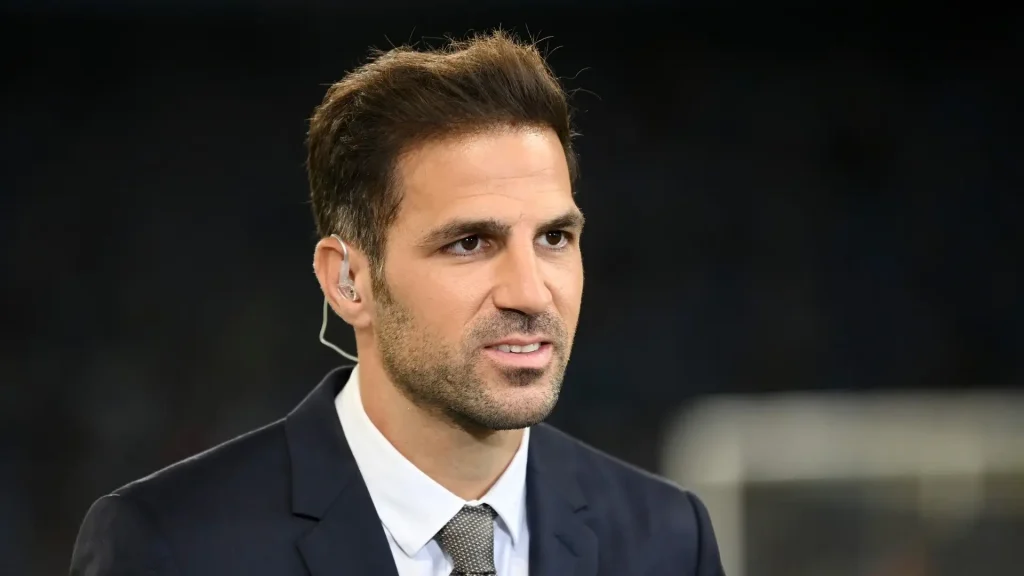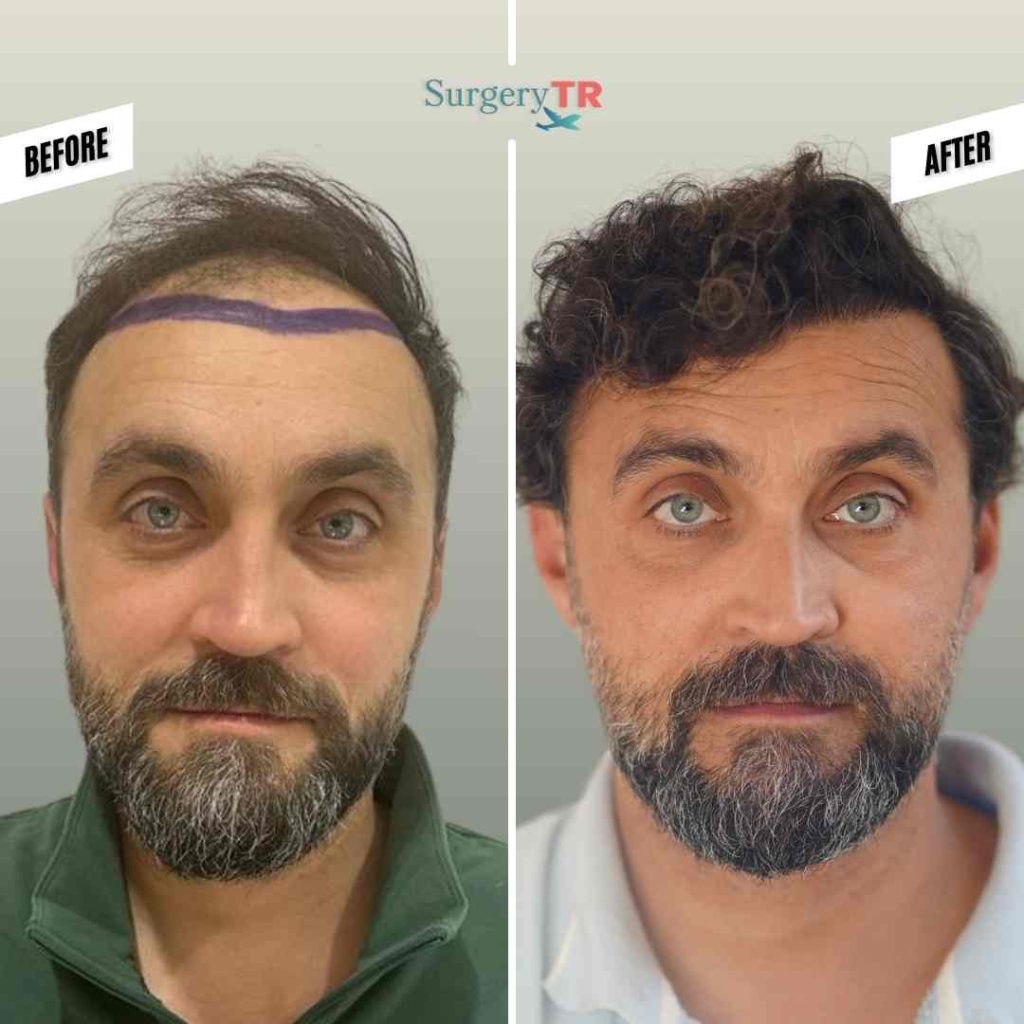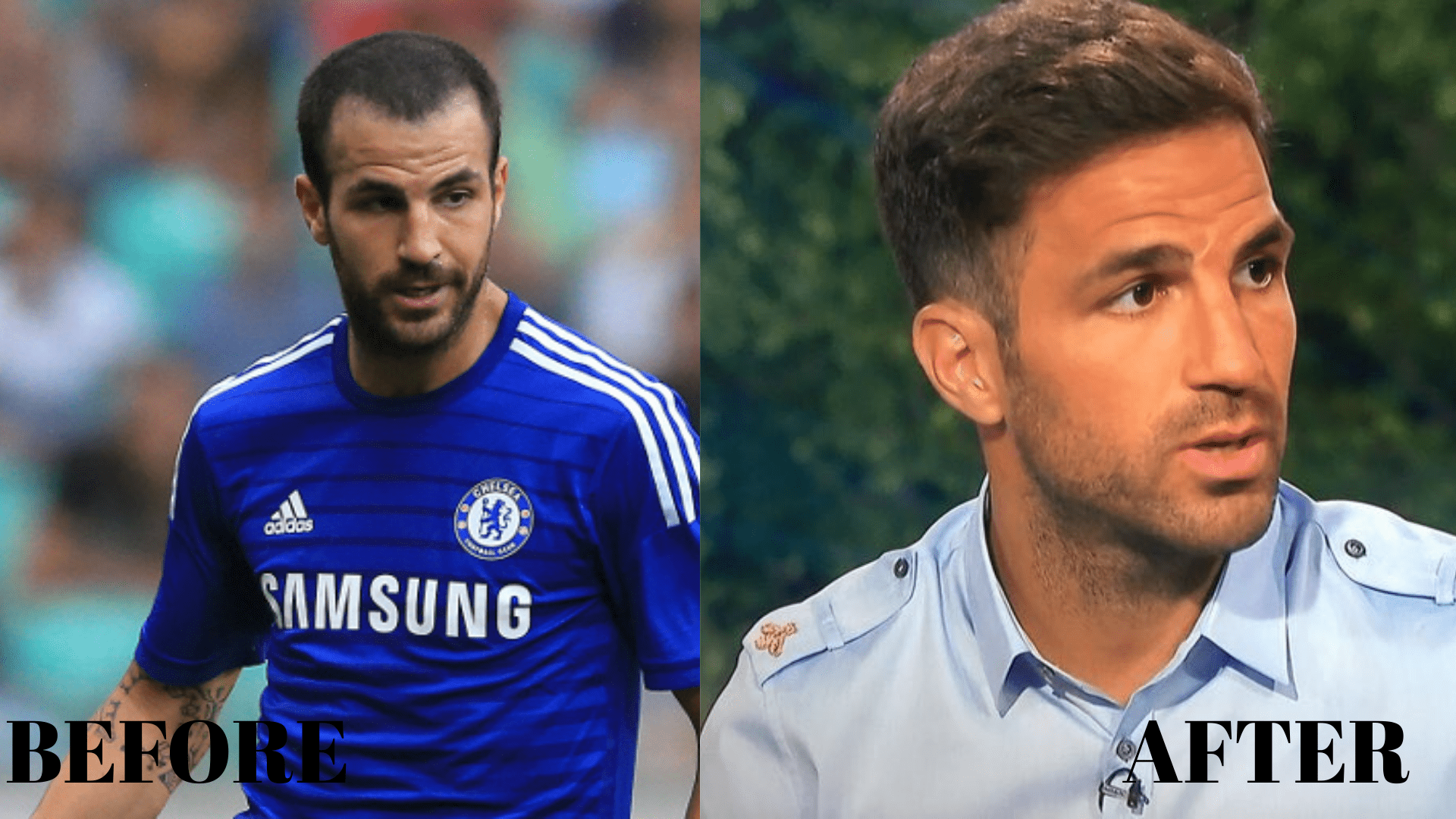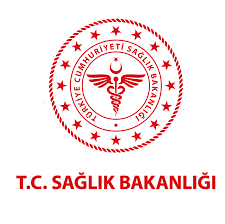Cesc Fàbregas’ Hair Transplant: The Growing Aesthetic Trends in the Football World
In recent years, footballers have become more than just athletes; they have turned into style icons, trendsetters, and sometimes, even beauty influencers. From their on-pitch performances to their off-field fashion, everything about a footballer is watched and often imitated by fans. One growing trend that has piqued public interest in the football world is the rise of aesthetic procedures, particularly hair transplants. A notable example of this trend is Cesc Fàbregas, the Spanish football legend, who openly shared his experience with a hair transplant. His decision to undergo the procedure sparked conversations about how the perception of hair loss, appearance, and masculinity is evolving in the world of football.
This article delves into the growing aesthetic trends among footballers, the rise of hair transplants, and how Cesc Fàbregas’ decision is part of a broader cultural shift.
The Rise of Aesthetic Consciousness in Football
Football, once seen purely as a sport, has evolved into a global spectacle where athletes are not only judged for their physical and mental prowess but also for their appearance. Social media, celebrity culture, and the increasing visibility of players off the pitch have created a new landscape. In a world where athletes are expected to maintain a level of physical perfection, the pressure to look good has intensified.
The growing focus on aesthetics in the football world is evident in the increasing number of footballers opting for cosmetic procedures, ranging from dental work and nose jobs to hair transplants. While players were once expected to simply excel on the field, there is now an increasing emphasis on personal grooming, style, and overall appearance. As a result, players like Cristiano Ronaldo, David Beckham, and even Cesc Fàbregas have become symbols of the changing relationship between athletes and aesthetics.
Cesc Fàbregas’ Hair Transplant: A Personal Choice
Cesc Fàbregas, a highly successful footballer with an illustrious career at clubs like Barcelona, Arsenal, and Chelsea, is no stranger to the spotlight. However, in recent years, he made headlines for reasons unrelated to his footballing talent. In 2020, Fàbregas openly shared his experience of undergoing a hair transplant, a procedure he had undertaken to address his receding hairline.
Fàbregas’ decision to have a hair transplant was met with both admiration and curiosity from fans and the media. The midfielder, known for his precise passing and tactical vision, was equally candid about his struggles with hair loss. He described the impact that hair thinning had on his self-confidence, noting that it had become an issue that bothered him. By opting for a hair transplant, Fàbregas took a step that many men, especially those in the public eye, often shy away from: he openly acknowledged his insecurities and took control of the situation.
This openness is a notable shift in how male athletes, especially those in the football world, are handling issues related to their appearance. Traditionally, footballers were expected to embody a kind of tough masculinity that didn’t leave room for vulnerability. By discussing his hair transplant experience publicly, Fàbregas challenged these traditional notions and set a new precedent for athletes to embrace both their personal and aesthetic struggles.
The Growing Popularity of Hair Transplants in Football
Fàbregas is not the only footballer who has turned to hair restoration procedures. In fact, the trend of footballers undergoing hair transplants has been growing steadily in recent years, reflecting a wider cultural shift towards self-improvement and aesthetic enhancement. A number of high-profile players have been rumored or confirmed to have undergone hair transplants, with some even openly discussing the procedure.
Cristiano Ronaldo: One of the most famous athletes in the world, Cristiano Ronaldo, has often been linked to hair transplants. While he has never publicly confirmed having the procedure, there is a noticeable change in his hairline over the years. His hair appears fuller and more youthful, leading many to speculate that he may have opted for a hair transplant to maintain his iconic appearance.
Wayne Rooney: Another footballer who has openly discussed his hair transplant is Wayne Rooney. The former England international underwent a hair restoration procedure in 2011 and later shared his experience on social media. Rooney’s openness about the procedure helped normalize the concept of hair transplants among men, particularly in the sports world.
Gareth Bale: Welsh footballer Gareth Bale also garnered attention for his hair transplant, with reports suggesting that he had the procedure done during his time at Real Madrid. While Bale never directly confirmed the rumors, his hairline transformation led many to believe that he too had undergone a restoration procedure.
The increased prevalence of hair transplants among footballers highlights a shift in how male athletes view their appearance. Just as cosmetic surgery and grooming have become part of the cultural landscape for women, men, particularly high-profile public figures, are now more open to addressing their aesthetic concerns. Hair loss, which was once seen as an inevitable part of aging, is no longer something that has to be accepted without question.

Why Hair Transplants Are So Popular Among Footballers
Several factors contribute to the popularity of hair transplants among footballers. Understanding these motivations provides insight into the wider trends that are shaping the way athletes, particularly in football, approach their image.
Pressure to Maintain a Youthful Appearance: Footballers are often seen as youthful icons, and their appearance is closely tied to their public image. A receding hairline or thinning hair can affect how fans and the media perceive them. By undergoing a hair transplant, players can maintain their youthful look and continue to project an image of vitality and strength, which is often associated with peak athletic performance.
Aesthetic and Self-Confidence: As Fàbregas’ story demonstrates, hair loss can have a significant psychological impact. For athletes who are constantly in the public eye, looking their best is often linked to feeling their best. A hair transplant can provide a boost in self-esteem, helping players feel more confident both on and off the pitch.
Personal Branding: Footballers today are not just athletes; they are brands. Maintaining a positive public image is essential for sponsorships, endorsements, and personal ventures. Hair transplants can play a role in keeping a player’s image consistent and polished, which is critical for their professional success.
Access to Advanced Procedures: The technology behind hair transplants has significantly improved in recent years. Modern techniques like FUE (Follicular Unit Extraction) and FUT (Follicular Unit Transplantation) are minimally invasive and produce natural-looking results. These procedures are relatively quick, with a short recovery period, making them an attractive option for athletes with busy schedules.
Changing Attitudes Toward Male Grooming: There has been a cultural shift in recent years regarding male grooming and aesthetics. What was once considered vanity or insecurity is now being embraced as part of self-care. Hair transplants, once seen as taboo, are now widely accepted and even encouraged in some circles.
The Impact of Social Media and Public Perception
The role of social media in influencing footballers’ decisions to undergo aesthetic procedures cannot be understated. Platforms like Instagram, Twitter, and TikTok provide athletes with a direct way to communicate with fans and shape their public image. With millions of followers, footballers are keenly aware of the attention their appearance receives, making them more likely to invest in personal grooming and aesthetic enhancements like hair transplants.
Furthermore, the media’s obsession with footballers’ looks has created an environment where image is just as important as performance on the field. The intense scrutiny from fans, brands, and the press means that a footballer’s appearance can impact their career, making procedures like hair transplants increasingly common.
Conclusion
Cesc Fàbregas’ decision to undergo a hair transplant is just one example of the growing aesthetic trends in the football world. As players become more conscious of their public image and the pressure to maintain a youthful appearance, cosmetic procedures such as hair transplants are becoming increasingly popular. Fàbregas, along with other footballers like Wayne Rooney and Cristiano Ronaldo, is helping to normalize these procedures for men, particularly athletes, who are often in the limelight. The rise of hair transplants in football not only reflects the changing attitudes toward masculinity and grooming but also highlights the growing importance of personal confidence and self-care in the lives of professional athletes.
As the football world continues to evolve, so too will the role of aesthetics in shaping the identities of its stars. Hair transplants may just be the beginning of a broader trend toward self-improvement and image enhancement among athletes across the globe.
See some good SurgeryTR hair transplant results below!



















